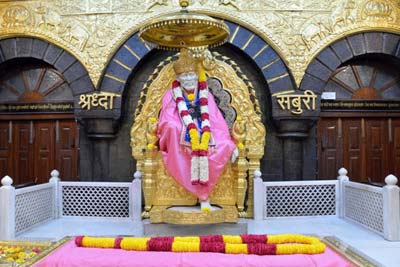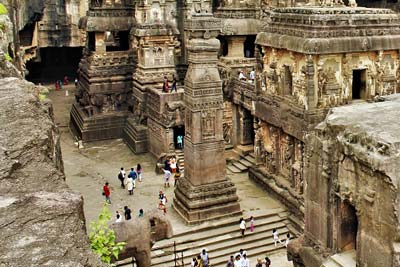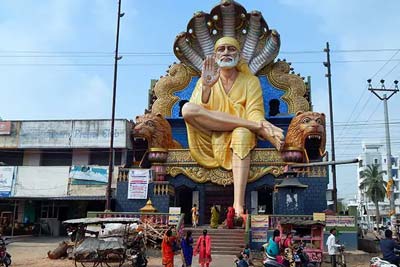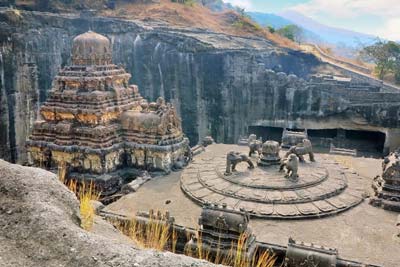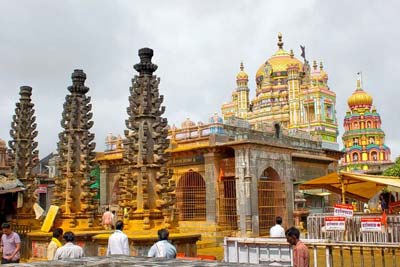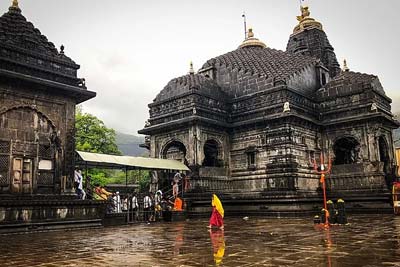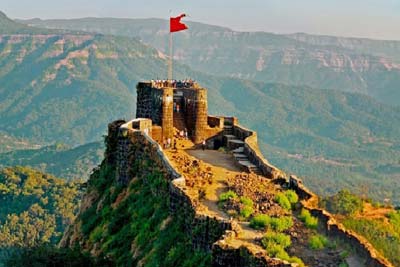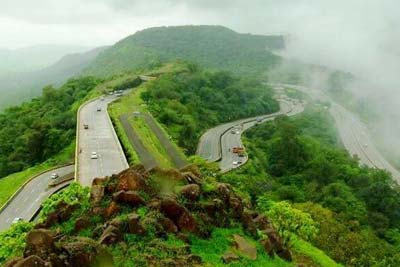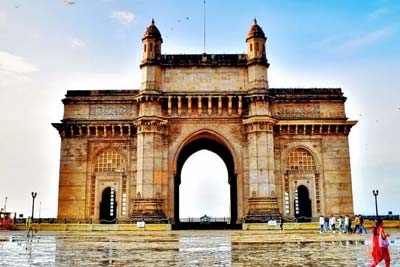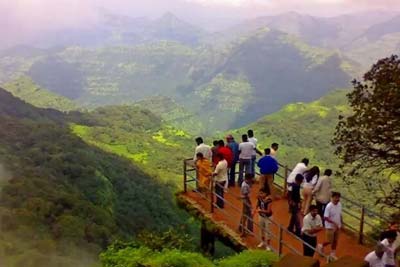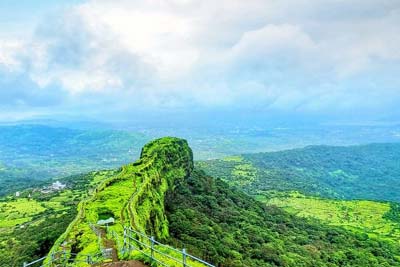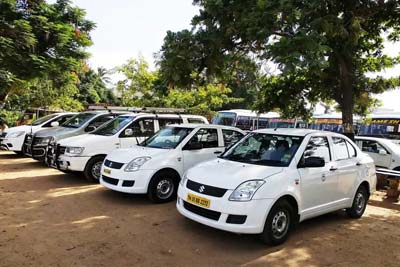Shirdi Holiday Packages from Vellore
Shirdi, a town located in the Indian state of Maharashtra, is a popular pilgrimage destination known for its association with the revered saint, Sai Baba. These packages are designed to cater to the needs of different types of travelers, from families to solo travelers and groups.
Astha Tourism offers a variety of tour packages to Shirdi from Vellore, including shirdi holiday packages from Vellore, shirdi travel packages from Vellore, tour packages to shirdi from Vellore, travel packages to shirdi from Vellore, and holiday packages to shirdi from Vellore. These packages are customizable and can be tailored to suit your specific requirements.
Travel Packages to Shirdi from Vellore
When you book a tour package to Shirdi from Vellore with Astha Tourism, you can expect a hassle-free and enjoyable travel experience. The tour packages include transportation, accommodation, and sightseeing activities, ensuring that you have a comfortable and memorable trip to Shirdi. The packages also include visits to other nearby attractions such as the Shani Shingnapur temple and the Ellora and Ajanta caves.
The distance between Vellore and Shirdi is approximately 1100 kilometers, and the best way to travel is by air or train. The nearest airport to Shirdi is the Aurangabad airport, which is approximately 130 kilometers from Shirdi. The nearest railway station to Shirdi is the Sainagar Shirdi railway station, which is well-connected to major cities in India.
Best Time To Visit Shirdi For Darshan from Vellore
Shirdi is a small town in Maharashtra, located around 1200 kilometers from Vellore. It is one of the most popular pilgrimage destinations in India, visited by millions of devotees every year. The town is famous for the Shirdi Sai Baba Temple, which is the main attraction and draws a large number of devotees from all over the world. If you are planning a trip to Shirdi from Vellore, it is important to know the best time to visit for darshan.
The best time to visit Shirdi for darshan from Vellore is from October to March. During this time, the weather is pleasant, and the temperature ranges between 15°C to 30°C. The monsoon season, which lasts from June to September, is not a good time to visit as heavy rains may disrupt your travel plans. The summer season, from April to June, is also not recommended as temperatures can soar up to 40°C making it uncomfortable to explore the town and stand in long queues for darshan at the temple.
During the winter season, from December to February, the weather is cool, and the temperature can drop to as low as 10°C. It is recommended to carry warm clothing to stay comfortable during the early morning and late evening hours. The winter season also coincides with the peak tourist season, and the town can be crowded with long queues for darshan at the temple.
The post-monsoon season, from October to November, is considered the best time to visit Shirdi. The weather is pleasant and the crowds are relatively lesser compared to the winter season. This season is also ideal for exploring nearby attractions like the Shani Shingnapur Temple, Trimbakeshwar Temple, and the Ellora and Ajanta Caves.
Book Shirdi Holiday Packages from Vellore with Astha Tourism
In conclusion, the best time to visit Shirdi for darshan from Vellore is during the post-monsoon season, from October to November, or the winter season, from December to February. It is recommended to avoid the summer and monsoon seasons as they can be uncomfortable and disrupt your travel plans. Remember to plan your trip in advance and book your accommodation and travel arrangements accordingly to avoid any last-minute hassles.
